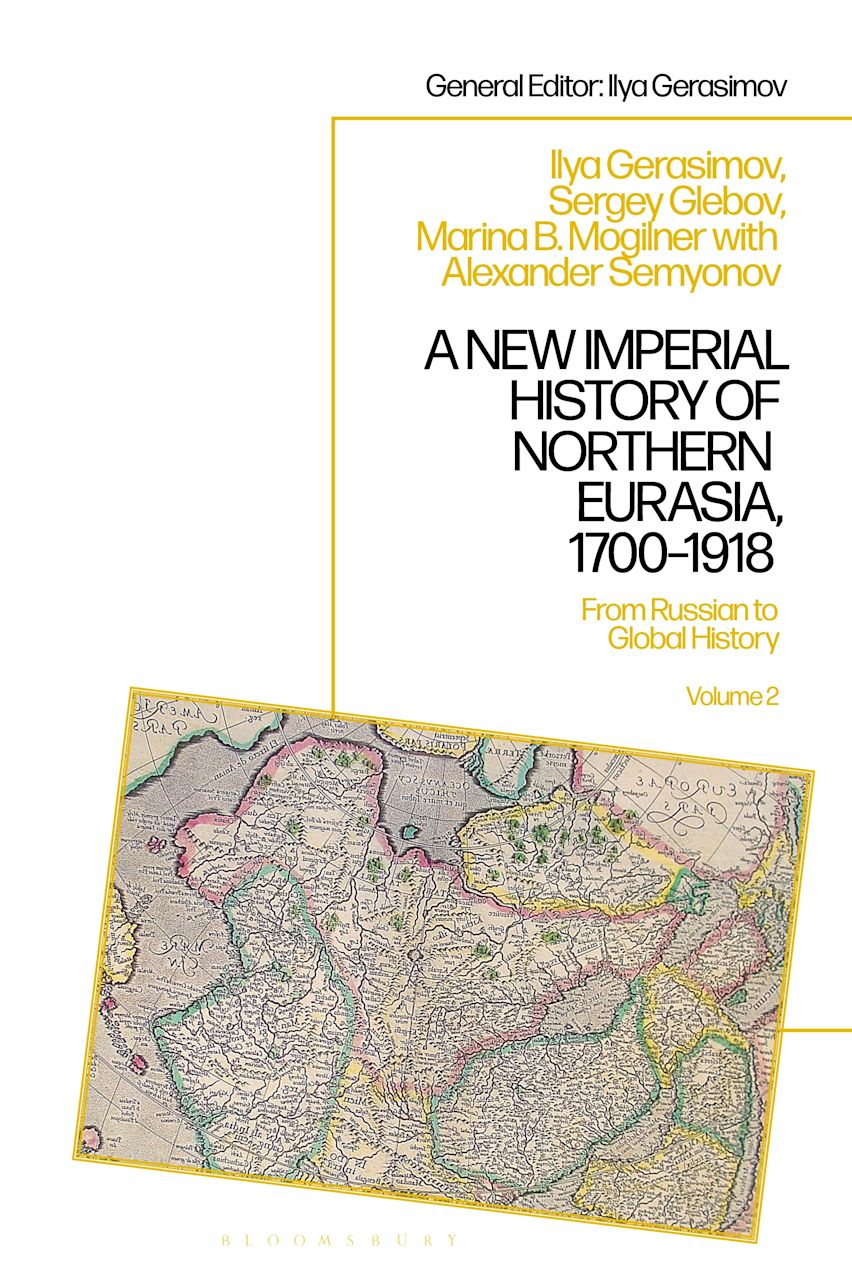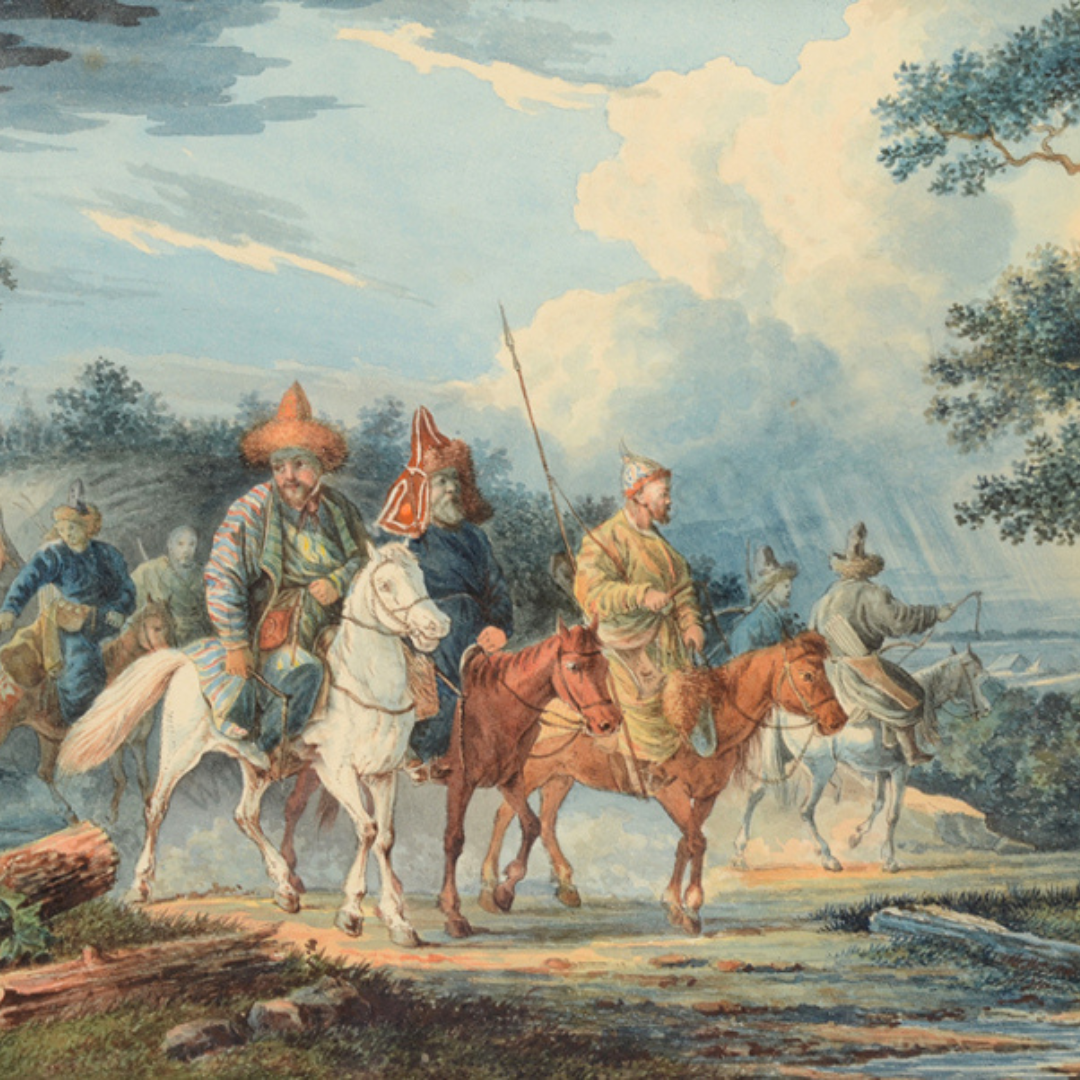Rethinking the history of Northern Eurasia

Published by: Bloomsbury Academic

How can we rethink the history of a vast and heterogeneous region if we let go of the dominant state-centered narrative? This is the challenge taken up by a collective of scholars affiliated with the journal Ab Imperio, whose long-standing collaboration, which started in the mid-2000s, has recently resulted in a two-volume book titled A New Imperial History of Northern Eurasia: From Russian to Global History. The authors propose that we rethink Northern Eurasia as a space without any clear geographical or subject center, where history is not a clear direction toward statehood, but a dynamic process of a series of attempts to self-organize in a region marked by asymmetry, plurality, and shifting identities. As a result, they do not simply revise the narrative of this region’s history – they seek to rewrite the grounds of historical explanation itself.
It is important to note that the first volume of this project came out in 2023, and it covers the period from 600 to 1700, offering a reinterpretation of Northern Eurasian history through the prism of “cooperation” and “confrontation”. By doing this, it shows how, by responding to the challenges of diversity, societies began to invent or reshape institutions and ideas, often without relying on established models. This description creates a strong impression that the two volumes together form not just a coherent history of the region, but an alternative methodology. The authors themselves contrast it with the traditional “Scheme of Russian History” (SRH), which they try to dismantle – a homogenizing framework that has shaped both national and international understandings of Russia for more than a century. The second volume, which spans around 1700-1918, demonstrates how this analytical framework can be applied to the epoch of the Russian Empire.
From the very first pages, the book reminded me of a textbook – but in the best (methodological) sense because of its clarity. Its structure is logical and coherent, yet beneath this “textbook-like” quality lies a fundamentally different way of telling history. In the current (and honestly forever-lasting) crisis of historical education in Russia, where the imperial past is not critically examined but rather romanticized and glorified, such a narrative would feel subversive. For a reader shaped by a state-centered school historiography, this book would present a genuine cognitive challenge.
These ambitions of the authors to reshape the grounds are particularly clear in the structure of the book, which consists of the consequences of the conceptual transition between different forms of political organization. From the “gunpowder empire” to the “modern state”, to the “national empire”, to the revolution, and “the war of globalization”. All the chapters of the book build the logic of the history not as the story of a single coherent subject, but rather a succession of power reconfigurations in response to the challenge of governing diversity across a vast and unstable territory. Thanks to this approach, the authors are able to show that the history of Russia may be perceived not only as a linear process but as a continuous process of renegotiating power, identity, and forms of belonging. Northern Eurasia appears not as a monolith but as a contested space where different groups, strategies, and political languages interact. The authors demonstrate that despite the central state’s efforts to maintain control through violence, law, science, or integration, the Russian empire could never fully eliminate the multiplicity of actors pursuing their own modes of participation and resistance. It is precisely this dynamic that allows the authors to situate Russia within a broader global context, as part of the shared experience of imperial rule, modernization, colonization, and struggles for political recognition.
To me, this is where the book’s transformative power lies, because this shift in focus reveals that no actors and structures of power are that stable or self-evident
Although the chapters follow a clear chronology – from one ruler to another – this serves more as just a structural frame. Each chapter changes the lens: instead of a single narrative center, there are multiple points of observation; instead of a continuous storyline, there are conflicting and overlapping narratives. To me, this is where the book’s transformative power lies, because this shift in focus reveals that no actors and structures of power are that stable or self-evident – they usually emerge through specific angles of observation and methodological frameworks. This is particularly evident in Chapter 12, “Empire and Revolution”, where the authors deliberately break from the strict chronological logic established with the flow of previous and following chapters. Instead of treating revolution as a discrete episode, they approach it as a symptom of the “imperial situation”, emerging in different forms and at different moments over centuries. At the same time, the Russian case (again!) is carefully placed within a broader global sequence of world revolutionary moments.
The text also emphasizes that revolution is not a fixed event, but rather a threshold, marking the point at which the empire can no longer absorb or manage diversity. This definition frees the concept from its traditional association with rupture and allows it to be used as an analytical tool to diagnose the old regime’s inability to address internal contradictions. This framing also breaks down the boundary between reform, uprising, and revolution, thus including not only 1905 or 1917, but also early intellectual movements, Catherine II’s reformist projects, and even some forms of resistance that may otherwise lack a unified ideology. The reader is thus encouraged to see revolutions not as prepackaged events, but as dynamic processes of emergence, interpretation, and political use.
In my opinion, one of the greatest strengths of A New Imperial History is the fact, that even for those deeply engaged with a specific aspect of Russian imperial history, the book offers new perspectives. Undoubtedly, it is not about introducing new facts but shifting the analytical lens, something that usually requires reading across numerous specialized monographs. This volume brings many of those insights together in one place, making it an excellent entry point and an invitation to reassemble historical thinking about Northern Eurasia. Nonetheless, the book leaves the reader with a sense of completeness, yet of openness: it creates a space in which old narratives can be re-examined and new, unfamiliar questions can be asked.
Arina Fedorova is a PhD researcher at the European University Institute (Florence, Italy). Her thesis examines the impact of the Peasants’ Land Bank on the development of peasants as economic actors in the Russian Empire, as well as how the imperial state used financial instruments as tools of control, exclusion, and integration. Her research interests include the banking and financial history of the Russian Empire and the early Soviet Union, as well as the economic transformations of the transitional period.
